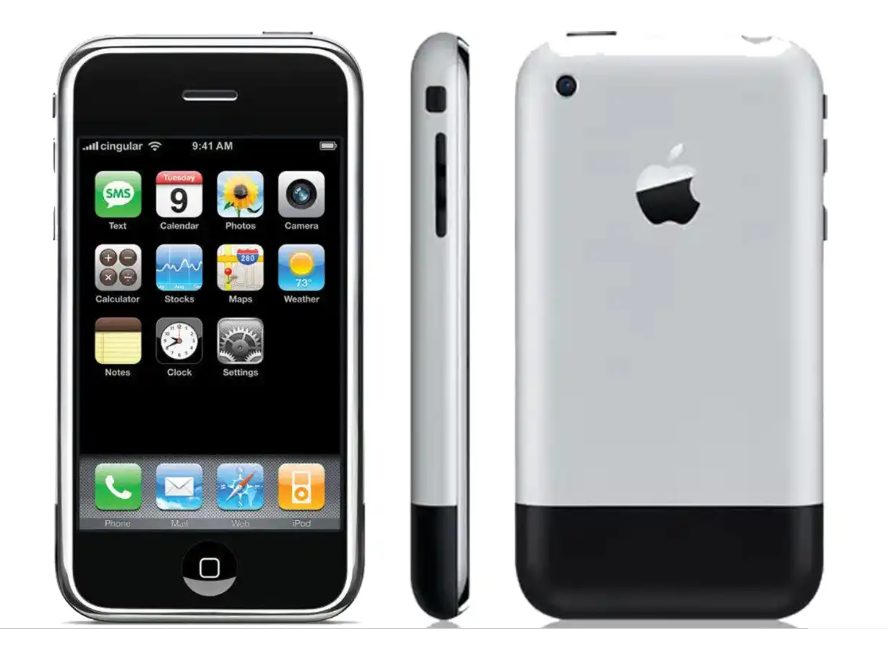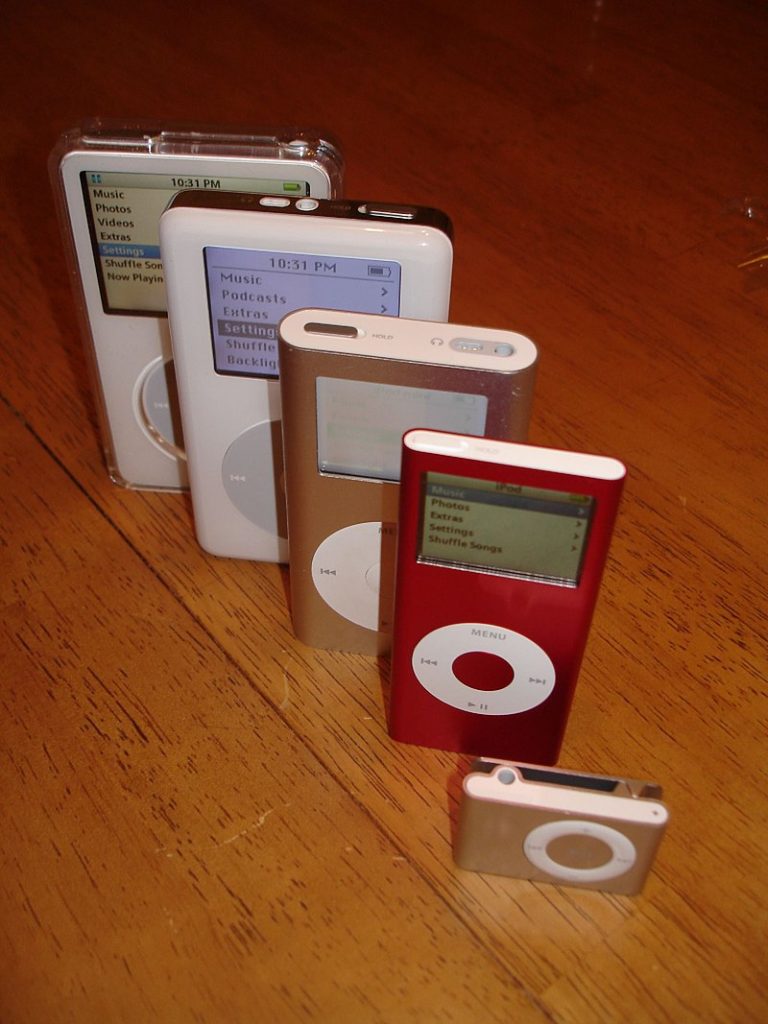iPod and iPhone have made quite a profound difference in my relationship with technology, totally changing the form of my interaction with digital devices and leaving a legacy that goes very deep into the field of interaction design. These tools have taken it even further and turned mobile phones, especially the iPhone, into portals for worldwide information and communication, literally. At the same time, these did set entirely new benchmarks for designs in user interfaces and have at the same time wholly set new standards for user interfaces in every kind of technological device.

The Shift in Human Interaction The day the iPhone landed in my life was the day all perspectives on my gadgets and how they were put to use changed monumentally. It was more than a mere phone; it was a gadget that merged access to the internet, communication abilities, and music playback into one gadget. This integration simply revolutionized all my day-to-day schedules to the extent that the smartphone became the hub for all.
The social implications after the invention of these devices have been significant. They revolutionized the way we connected with others through always-on connectivity but also gave rise to problems associated with a culture of distraction and very superficial social connections, many times at the expense of deeper, authentic relationships. The new normal of the world is “poly-conscious,” where I’m to juggle at one time multiple digital and real-world interactions, becoming part of the environment and profoundly influenced by my cognitive and social behaviors.
A Fond Classroom Memory It’s amidst this technological revolution that personal experiences with gadgets find a place close to my heart. I still remember the immense joy of first holding an iPod in a classroom; it felt magical with an excellent, sleek design and an interface so very much in sync with the user experience. That was not functional to the gadget at that instance, but it was an emotional connection promising access to vast music libraries right at the palm. Such experiences underscore the power of well-designed technology in enriching our engagement and interaction with machines on a deeper plane.

The design innovations introduced by the iPod and iPhone have defined the principles of interaction design in a very influential way. If there is a brand that the world will always associate with simplicity, intuitive, and enjoyable use, it must be Apple. This design philosophy has influenced a broader range of principles, influencing everything from software applications to other consumer electronics.
This introduced features like touchscreens, minimalist design, and user-friendly UIs. These elements have since become a part of the design language in most digital products today, with a strong emphasis on ease of use and minimal learning curve, even for the most cutting-edge technologies. It is no wonder it has such significant influence on the way designers think about everything, from app interfaces to web design. Future Outlook for Interaction Design With its interaction design evolution, iPod and iPhone are quite big in the lasting legacy. As of this date, the latest trends in human-computer interaction (HCI) show direction at personalization and adaptivity with the development of technologies using artificial intelligence to alter experiences for individual users. The rise of wearable technology and Internet of Things (IoT) devices are raising new challenges and opportunities for interaction designers to stay ahead in innovation. At the same time, ensuring users don’t lose focus in the design process. In summary, the iPod and iPhone have revolutionized not only the realm of technology but also my expectations thereof and further the discipline of interaction design. They have continued setting the standards that have shaped the development of user-friendly, intuitive interfaces that make the humans experience rather than one complicated with technology. Principles made famous by devices like this will, over time, become the leading forces for technology and design.
- “Apple Branding: A Look at the Tech Giant’s Success.” Inkbot Design, inkbotdesign.com/apple-branding/. Accessed 19 Oct. 2023.
- Camilleri, Marc A. “The Evolution of Human-Computer Interaction: A Review of the Past and Future Directions.” HCI (Human-Computer Interaction), 27 Feb. 2018, www.hci.org.uk/article/the-evolution-of-human-computer-interaction-a-review-of-the-past-and-future-directions/.
- Cohen, Peter. “Original iPhone Review: We Look Back.” Macworld, 29 June 2007, www.macworld.com/article/186335/original-iphone-review-2.html.
- Hessler, Peter. “How Steve Jobs’ Love of Simplicity Fueled a Design Revolution.” Smithsonian Magazine, 1 Mar. 2012, www.smithsonianmag.com/arts-culture/how-steve-jobs-love-of-simplicity-fueled-a-design-revolution-23868877/.
- “Mobile Computing.” The Encyclopedia of Human-Computer Interaction, 2nd ed., edited by Interaction Design Foundation, 2013, www.interaction-design.org/literature/book/the-encyclopedia-of-human-computer-interaction-2nd-ed/mobile-computing.
- Przybylski, Andrew K., and Netta Weinstein. “Can You Connect with Me Now? How the Presence of Mobile Communication Technology Influences Face-to-Face Conversation Quality.” Journal of Social and Personal Relationships, vol. 30, no. 3, Apr. 2013, pp. 237–46, doi:10.1177/0265407512453825.
- Verganti, Roberto. “Understanding the Real Innovation Behind the iPhone.” The Conversation, 30 June 2017, theconversation.com/understanding-the-real-innovation-behind-the-iphone-79556.